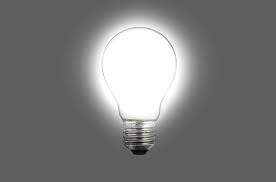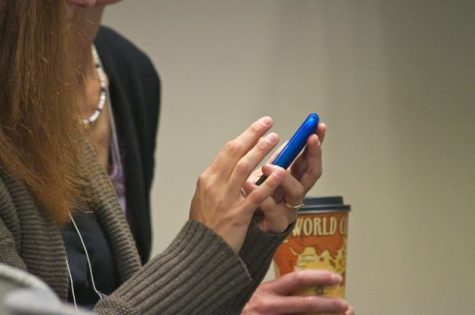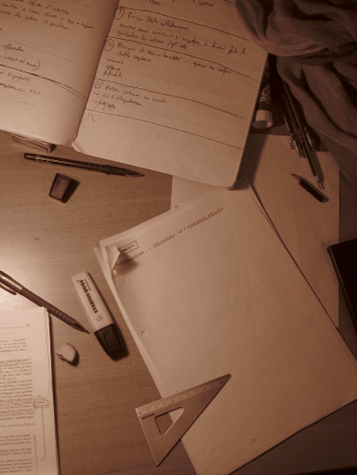One Man’s Trash, Another Man’s Electricity

Researchers at the company IBM analyzed samples of discarded batteries, and found that 70% of them were capable of powering an LED light for at least 4 hours a day over the course of a year. The researchers have stated that using these discarded or thrown away batteries is cheaper than existing power options available in the slums of India. It was also stated that this practice could solve India’s mounting electronic waste problem. This concept was tested this year in Bangalore, one of India’s largest cities. Researchers expect the modified power packs to be popular among street vendors, as well as extremely poor families living in the slums. This study was conducted by IBM’s Indian-based research team, and is expected to be discussed at a technology conference in San Jose, California next year.
The result of the study is what IBM researchers are calling UrJar, a device which uses lithium-ion cells from old batteries to power low-energy direct current (DC) devices, like light bulbs. The UrJar is aimed at helping the almost 400 million in India who are off the electrical grid. Alternative power sources like solar energy are much more expensive and cumbersome that UrJar. If the UrJar is made in significant quantities, researchers estimate the price per unit to be just 600 rupees, which s $8.60. The researchers concluded that, “UrJar has the potential to channel e-waste towards the alleviation of energy poverty, thus simultaneously providing a sustainable solution for both problems.” Feedback for the trial in Bangalore was overwhelmingly positive. One of the requested improvements for the device, was the addition of rat-resistant wires.
Electronic waste is a major issue, especially in the developing world, where most of West’s unwanted technology ends up. IBM’s research found that 142,000 computers are thrown away in the US daily, which ends up being over 50 million computer per year. India’s e-waste situation is particularly urgent. Not only does India receive a large amount of e-waste from other countries, but with the country’s booming IT market it already generates a huge amount of its own e-waste, which comes out to about 32 tons a day.
FSA Connection Questions
- In the article, the author seems to offer what main idea?
- In the piece the word “sustainable” means what?
- Select the best two sentences from the story that support the idea of UrJar helping in developing areas.
- What is the connotation of the word “developing” in the story?
- In the article, the author reports on what study?

Hunter Chandler is a 16 year old junior currently attending Freedom High School. Hunter was born on April 5th, 1998 in West Palm Beach, Florida. When he...










